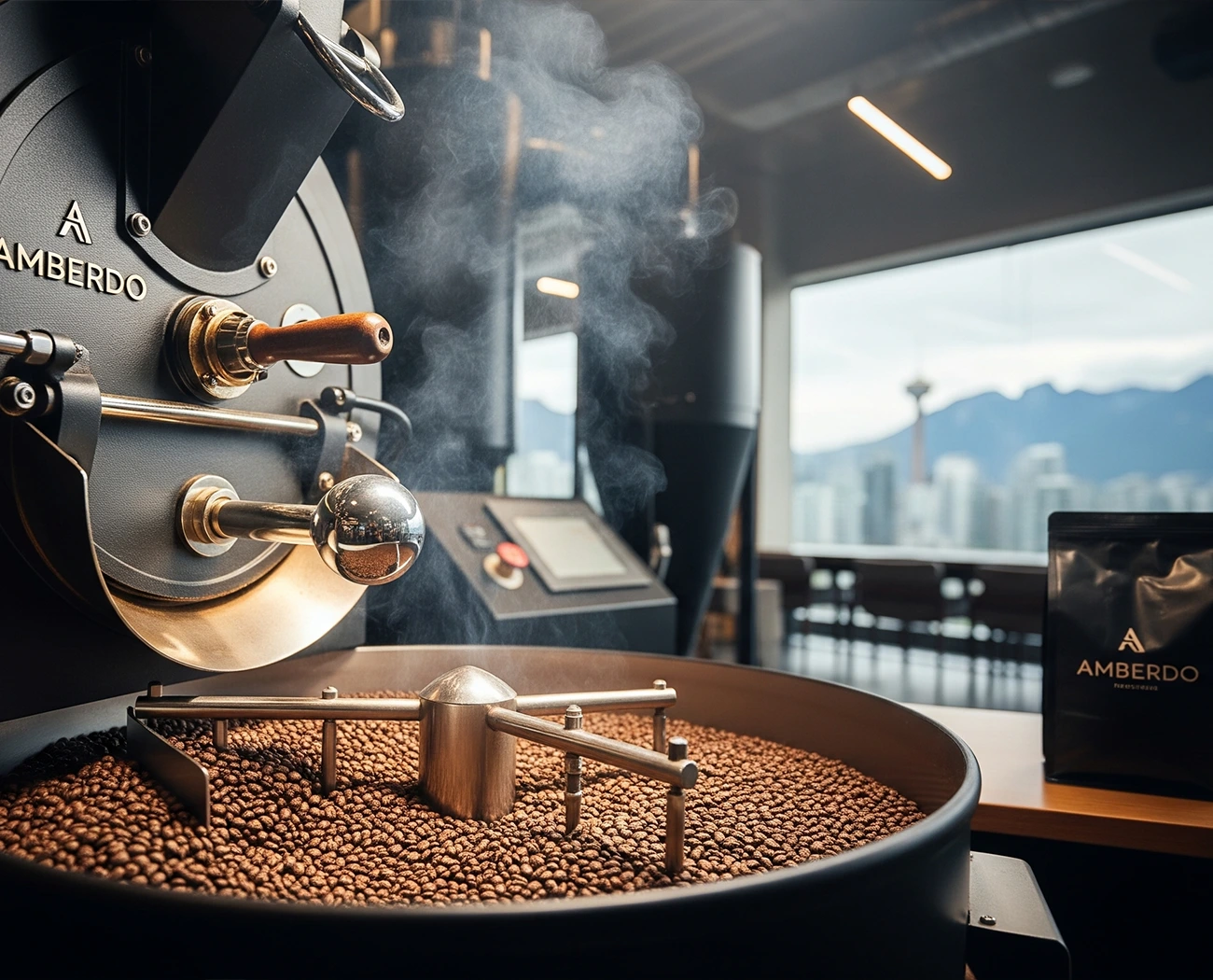
Coffee, a beloved beverage worldwide, undergoes a journey long before it reaches your cup. From the lush coffee farms in various corners of the world to the intricate processes of cultivation, harvesting, processing, and roasting, each step contributes to the diverse flavor profiles that coffee enthusiasts appreciate. Let’s embark on a journey to explore the fascinating path of coffee beans from farm to cup, delving into the methods used at each stage and how they influence the taste we enjoy with every sip.
Cultivation
The process of cultivating coffee beans begins in regions commonly referred to as the “coffee belt” near the equator. In these tropical areas with fertile soils, coffee plants thrive. Cultivating coffee requires careful attention due to the plants’ susceptibility to various pests and diseases. Farmers employ a mix of traditional and modern methods to ensure optimal growth, including shade-grown techniques, organic farming practices, and sustainable cultivation methods.
Shade-grown coffee, for example, involves growing coffee plants under a tree canopy to replicate their natural environment. This approach not only provides a habitat for diverse wildlife but also helps regulate temperature and moisture levels, fostering healthier soil and reducing the reliance on chemical inputs.
Organic farming practices prioritize the use of natural fertilizers and pest control methods to minimize environmental impact and maintain soil fertility. Many coffee plantations also adopt sustainable cultivation practices like water conservation, crop rotation, and intercropping with other plants to enhance biodiversity and soil quality.
Moreover, the selection of coffee varieties significantly influences the flavor characteristics of the beans. Arabica and Robusta are the primary commercially grown coffee species. Arabica beans are valued for their intricate flavors and aromatic properties, whereas Robusta beans are recognized for their higher caffeine content and robust, earthy taste. Some plantations also grow specialty varieties like Geisha or Bourbon, known for their distinct flavor profiles.
Harvesting
The process of harvesting coffee beans is labor-intensive and crucial for maintaining the crop’s quality. There are two primary methods of harvesting: selective picking and strip picking.
Selective picking involves handpicking only the ripe cherries to ensure each bean’s optimal flavor. This detailed approach demands skilled labor as workers meticulously examine the trees, choosing only the cherries that have reached peak ripeness. Selective picking guarantees that only the finest quality beans are included in the final product, resulting in a coffee cup with complex flavors and well-balanced acidity.
In contrast, strip picking involves harvesting all the cherries from the tree at once, regardless of ripeness. This method is more efficient and less time-consuming since it eliminates the need for workers to inspect each cherry individually. However, strip picking can lead to a mixture of ripe and unripe beans being gathered, resulting in inconsistencies in flavor and quality. Furthermore, the mechanical equipment used in strip picking may harm the trees, affecting future harvests.
Some coffee farms use a combination of selective and strip picking methods, based on factors like farm size, labor availability, and terrain. By balancing efficiency and quality, farmers aim to ensure each harvest produces the best beans for processing.
Timing is crucial regardless of the harvesting method. Coffee cherries must be picked when fully ripe to achieve the desired flavor. Overripe cherries can become too sweet and ferment, while under-ripe ones may lack the complex flavors of mature beans.
After harvesting, the coffee cherries are taken to processing facilities for further steps to extract the beans. The quality of the harvest is vital for subsequent processing, making harvesting a critical aspect of coffee production that directly affects the flavor and quality of the final product.
Processing
After harvesting, coffee cherries undergo processing to extract the beans within. There are two main processing methods: the dry process (natural) and the wet process (washed). In the dry process, the cherries are spread out to dry in the sun, allowing the beans to ferment inside the fruit. This method results in a fruity and complex flavor profile, with hints of fermented fruit and earthiness.
In contrast, the wet process involves removing the outer pulp from the cherries using water before drying the beans. This method yields a cleaner and brighter flavor profile, with pronounced acidity and floral notes. Some farms also employ semi-washed or honey processing methods, which combine elements of both dry and wet processing to achieve unique flavor profiles.
Roasting
Roasting is perhaps the most influential stage in determining the flavor profile of coffee beans. During roasting, green coffee beans are subjected to high temperatures, causing them to undergo chemical changes that develop their flavor, aroma, and color. Roasting profiles vary widely, ranging from light to dark, each imparting distinct characteristics to the final cup.
Lighter roasts preserve the nuanced flavors of the beans, highlighting their inherent sweetness, acidity, and floral notes. Medium roasts offer a balance of acidity and body, with caramelized sugars imparting a subtle sweetness. Dark roasts, on the other hand, are characterized by bold, smoky flavors and a rich, full-bodied mouthfeel.
The process of coffee beans from farm to cup showcases the skill and commitment of coffee producers globally. From the meticulous cultivation and harvesting of cherries to the precise processing and roasting methods, each stage plays a vital role in shaping the flavors we associate with coffee.
Understanding the journey of coffee beans empowers us as consumers to value the intricacies of this beloved beverage and relish every sip with newfound gratitude. Therefore, the next time you enjoy a cup of coffee, take a moment to contemplate the remarkable path that brought those beans to your mug. From the hands of farmers to the expertise of roasters, each step contributes to the diverse array of flavors that make coffee such a treasured aspect of our lives.







